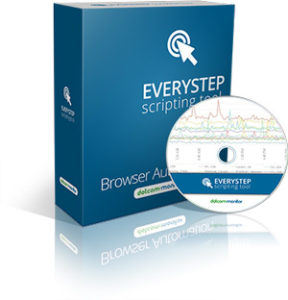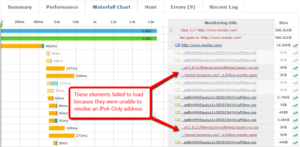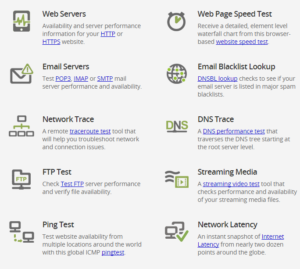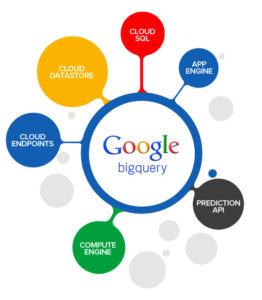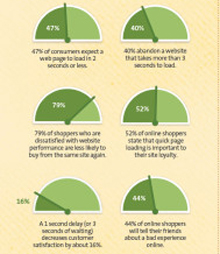
5 Things Your Boss Needs to Know About Your Website
You may think the answers are obvious, and the most obvious questions include: How many people are hitting our website? How many site visitors are converting? Is the blog drawing traffic? Which pages are receiving the most traffic? These are not necessarily the most important metrics about your website, and

